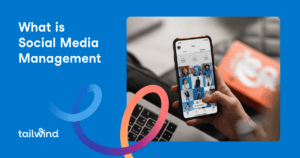
What is Social Media Management?
I know what you’re thinking. What is social media management? And why is social media management critical? It’s why you’re here, right? Maybe you’re a
Home » Marketing 101 » Page 2

I know what you’re thinking. What is social media management? And why is social media management critical? It’s why you’re here, right? Maybe you’re a
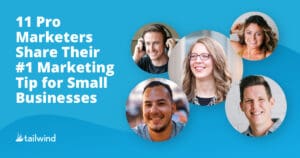
Learn from marketing experts like Chelsea Baldwin, Ryan Robinson, and Preston Lee how to improve your small business marketing in 2021. Double down on marketing, use video and webinars, and leverage word-of-mouth and influencer marketing to see real results. Take action and start growing your business today!
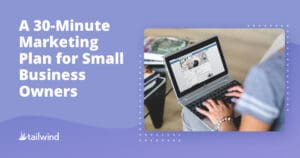
Learn how to develop a quick and effective marketing plan in just 30 minutes to drive predictable growth for your small business. Includes audience analysis, sales strategies, and customer experience tactics.

Are your current marketing personas outdated and not driving actionable insight? Discover a new approach for gathering meaningful data and creating targeted campaigns. Start with these simple steps and gain an edge over your competition. Plus, learn about the Tailwind app for seamless social media scheduling.
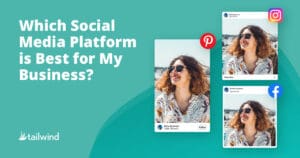
In today’s super-connected world, social media is a necessary part of any good marketing plan. However, trying to maintain a presence on all of the
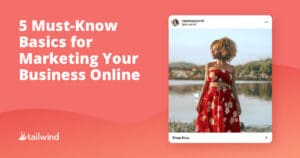
Discover the five must-have digital marketing strategies for small businesses that will help them succeed in today’s market. Learn why a mobile-friendly website, social media presence, email newsletter, modest marketing budget, and quality content are key. Improve your brand’s online presence and attract potential customers with these valuable tips.
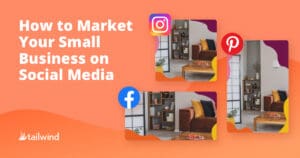
Discover the power of social media marketing for small businesses with this guide. Learn how to establish an online presence, encourage engagement, drive sales and more using targeted ads and Tailwind’s Smart Marketing Assistant.

Learn how to improve your content marketing strategy and attract new customers with these 10 essential tips. Don’t miss out on valuable SEO rankings and industry authority. Start creating valuable and shareable content today with the help of Tailwind’s social media design and scheduling tools.

